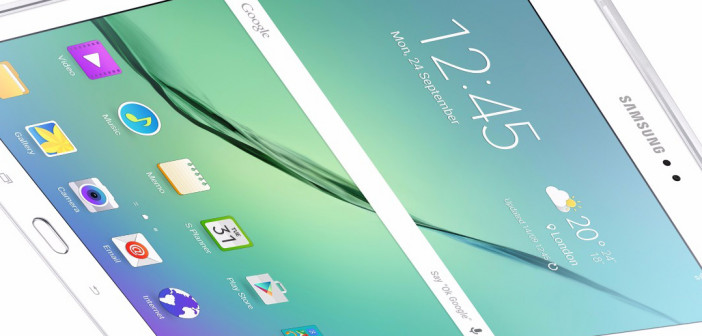New solutions may unlock the possibility of future mobile networks and services
Samsung Electronics will showcase 4G LTE and advanced mobile technologies that pave the way towards a 5G future at this year’s Mobile World Congress (MWC). To provide ultra fast mobile communication with reliable mobility and architectural flexibility, Samsung is also introducing multilink connectivity technology, centralised radio, Internet of Things (IoT), and mmWave radio access solutions.
“The evolution of communication technologies has transformed the way people live their lives,” said Youngky Kim, president and head of networks business at Samsung Electronics. “5G technology will offer us a new level of experience, which is immersive, tactile and ubiquitous. Thanks to seamless mobility, higher throughput and low latency of 5G technology, new services like hologram calls, virtual reality broadcasting of live football games and self-driving cars will enrich our lives.”
At MWC 2016, Samsung will make 5G technology a reality by introducing reliable mobility and feasibility to utilise spectrums above 6GHz. Samsung will demonstrate the capability of the technology by transmitting eight ultra high definition 4K videos over the air without delays. The company will simultaneously use its mmWave radio system for spectrums above 6GHz. This will show a low latency of less than one millisecond and a high speed data communication in gigabit throughput.
In addition, Samsung will introduce the world’s first mobile handover test using the mmWave radio system and smartphone-integrated, multiple antenna modules in a small form factor. This is another step toward the realisation of 5G technology, which has not yet been introduced.
The explosive growth in demand for mobile data is forcing operators to find new ways to make their network architecture simple and flexible. Operators face challenges to efficiently manage heterogeneous networks that include LTE and Wi-Fi, macro and small cells, licensed and unlicensed spectrums, and even different generations from 2G to 5G.
To address these challenges, Samsung will present a range of new solutions, including LTE-unlicensed (LTE-U), license assisted access (LAA), multi-path transfer control protocol (MP-TCP), D-RAN inter-site carrier aggregation and Samsung Smart Multi-Link.
MP-TCP technology is currently one of the key priorities for Samsung. This technology allows aggregation among independent networks using different technologies, such as Wi-Fi, IoT, 3G, 4G, 5G and more. Distinguished from other technologies such as dual or multi connectivity, MP-TCP enables the merging of data streams from each independent network, including non-3GPP standard based networks, at the IP layer, which makes aggregation much simpler and faster. This technology has already been successfully commercialised in Korea, one of the world’s most data-centric countries, last year.
Samsung is also introducing Smart Multi-Link for the first time, based on its Unified Core architecture. This is designed to support backward and forward compatibility, incorporating 2G to 5G technology, in addition to embracing non-3GPP standard technologies. Using network function virtualisation (NFV) and self defined network (SDN), Smart Multi-Link enables the transformation of distributive networks into one unified and flexible network.
The key lineup of Samsung IoT solutions will be seen at this year’s MWC as well; including IoT core, gateways and various radio access solutions such as a standalone IoT base station, IoT integrated Digital Unit (DU) and LoRa-based unlicensed low power wide area (LPWA).
Samsung will also introduce its Mission-Critical IoT service, a new use case incorporated with Public Safety-LTE. As a total solution provider of consumer electronics and carrier solutions, Samsung can provide a complete package of mission critical IoT services, even including a diverse range of sensors and devices.
Not only will Samsung fulfill its requirements for 3GPP standards such as CAT-0, CAT-1, CAT-M, NB-IoT in 2016, but the company will also unveil its ‘standard beyond’ technologies in 2017, which will be especially optimal for Mission-Critical IoT.





